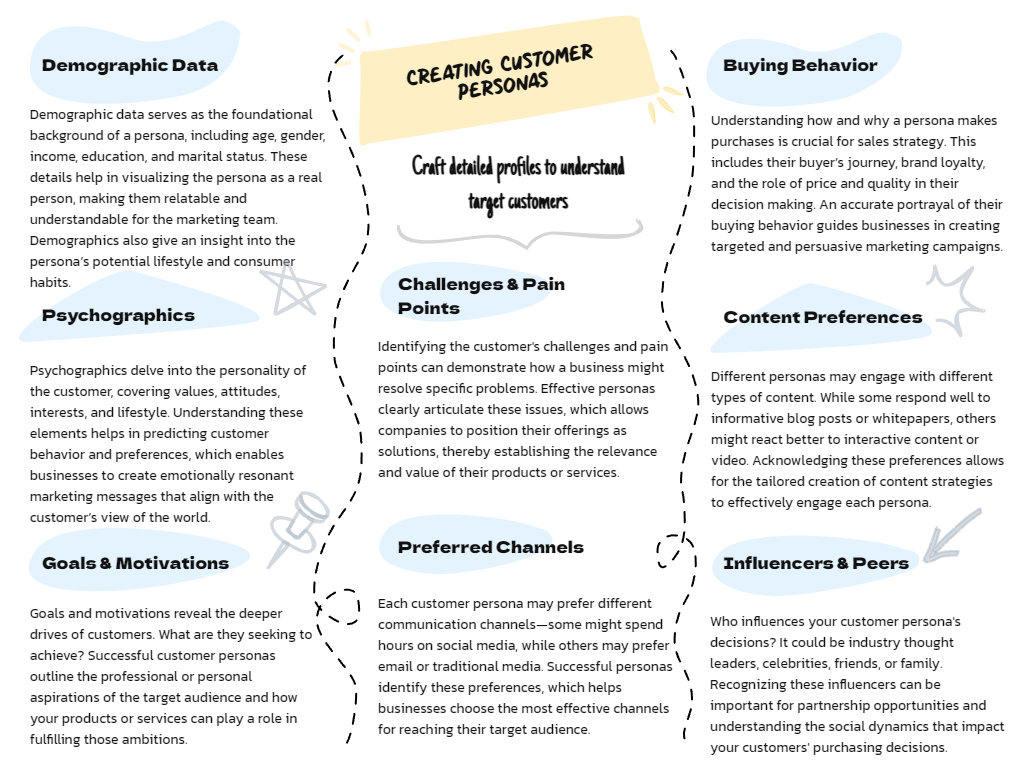Social Media Safeguards for Small Businesses
February 5th, 2024

In this discussion, we will explore the essential social media safeguards for small businesses, uncovering strategies to defend your brand, engage your audience, and establish a solid online presence. Note some links are affiliate links.
So, are you ready to fortify your social media fortress and safeguard your small biz?
Let’s dive in and discover the keys to success in this ever-evolving digital landscape.
Defining Your Social Media Goals
To effectively navigate social media for your small business, you must first define your social media goals. Setting clear goals will provide direction and focus for your online presence. Think about what you want to achieve through social media. Do you want to increase brand awareness, generate leads, or drive sales? By defining your goals, you can tailor your social media strategy to meet them.
Start by considering your target audience. Who are they? What’re their interests and preferences? Understanding your audience will help you determine the type of content to create and the platforms to use. For example, if your target audience is predominantly young adults, platforms like Instagram and TikTok may be more effective in reaching them.
Next, consider the metrics that align with your goals. Do you want to track website traffic, engagement rates, or conversions? By identifying the key metrics, you can measure your progress and make data-driven decisions to improve your social media performance.
Understanding Your Audience
Understanding your audience is crucial for effectively targeting your social media efforts. When you have a clear understanding of who your audience is, you can create content that resonates with them and makes them feel like they belong. It’s important to know their demographics, interests, and preferences, as this will help you tailor your social media posts to their needs and desires.

To understand your audience, start by conducting research and gathering data. Use analytics tools to gain insights into your followers’ demographics, such as age, gender, location, and interests. This information will help you create content that appeals to their specific characteristics.
AI can speed the entire process up. For free information head over to ChatGPT and enter this prompt:
Act as a market research assistant. Your client is a [YOUR BUSINESS] who [WHAT YOU DO]. Please create an ideal customer profile.
This will give you a good idea of an ideal customer profile. If you want a more in-depth approach, one that using internet research to create a persona you can ask questions of, then head over to CrawlQ.
The advantage of using a platform like CrawlQ is that it learns all about your ideal client, whereas with ChatGPT you have to spoon feed it that information every time you use it. This makes creating content, be it blog articles or social media posts, very quick and easy and they're all targeted directly at your ideal customer.
Additionally, engage with your audience on social media platforms. Respond to their comments, ask for feedback, and encourage them to share their opinions and experiences. This won’t only make them feel valued and heard but also provide you with valuable insights into their preferences and needs.
Furthermore, take the time to listen and observe. Pay attention to what your audience is saying, both directly to you and in their interactions with others. This will give you a deeper understanding of their motivations, values, and challenges. Use this knowledge to create content that addresses their concerns and offers solutions.
Crafting Compelling Content
Once you have a clear understanding of your audience, you can begin crafting compelling content that captures their attention and drives engagement. To create content that resonates with your audience and makes them feel like they belong, it’s important to use language that speaks directly to their needs and desires. Make them feel like you understand them and their unique challenges.
When crafting your content, focus on telling stories that are relatable and evoke emotions. Share personal anecdotes or customer success stories that your audience can connect with. Use conversational language and avoid jargon or technical terms that might alienate them. Keep your sentences short and concise, and use bullet points or subheadings to break up the text and make it easier to read.
In addition, make sure to include visuals in your content. Use eye-catching images or videos that grab attention and enhance the message you’re trying to convey. Visuals can help to break up the text and make your content more engaging.
Lastly, encourage your audience to participate and interact with your content. Ask questions, invite them to share their experiences or opinions, and respond to their comments and messages. This will make them feel valued and part of a community, fostering a sense of belonging and loyalty.
Choosing the Right Platforms
When selecting the appropriate social media platforms for your small business, consider the target audience and their preferred online spaces.
Understanding your audience’s online habits is crucial in choosing the right platforms where you can reach and engage with them effectively. Each social media platform has its own unique features and user demographics, so it’s important to do your research and find the platforms that align with your target audience’s preferences.
To foster a sense of belonging and connect with your audience, it’s essential to choose platforms where your target audience spends their time. For example, if your business caters to a younger demographic, platforms like Instagram and TikTok might be more suitable. On the other hand, if your target audience consists of professionals and businesses, LinkedIn might be a better fit.
Remember, it’s not about being present on every social media platform available, but rather about focusing on the platforms that will yield the best results for your business. By understanding your audience and their preferred online spaces, you can make informed decisions about where to invest your time and resources.
In addition, don’t be afraid to experiment and try out new platforms to see if they resonate with your audience. Social media is constantly evolving, and new platforms emerge regularly. By staying open to new opportunities, you can stay ahead of the curve and continue to connect with your audience in meaningful ways.
Engaging With Your Community
To effectively engage with your community, it’s crucial to leverage the chosen social media platforms and create meaningful connections with your target audience. Social media provides a powerful tool for small businesses to connect with their community and foster a sense of belonging.
By utilizing platforms such as Facebook, X (Twitter), and Instagram, you can interact with your audience in a way that goes beyond traditional marketing strategies.
Engaging with your community involves actively participating in conversations, responding to comments and messages, and sharing relevant content that resonates with your target audience.
By doing so, you not only establish yourself as a trusted source of information but also show that you value and appreciate your community’s support.
One effective way to engage with your community is by creating a sense of exclusivity. Offer special promotions or discounts exclusively to your social media followers, encouraging them to engage with your content and share it with their own networks. This not only rewards your loyal customers but also helps you expand your reach and attract new followers.
Another important aspect of community engagement is actively listening to your audience. Pay attention to their feedback, suggestions, and concerns. Responding in a timely and genuine manner shows that you care about their opinions and are dedicated to providing the best possible experience.
Frequently Asked Questions
How Can I Measure the Success of My Social Media Goals?
You can measure the success of your social media goals by tracking metrics such as engagement, reach, and conversions. Use the platforms analytics tools to see how your posts are performing and your Clixoni dashboard to measure interactions and conversions, then adjust your strategies accordingly.
What Are Some Common Mistakes to Avoid When Engaging With My Social Media Community?
Engaging with your social media community can be tricky. Avoid these common mistakes: neglecting to respond to comments, posting irrelevant content, being overly promotional, and not engaging authentically with your audience.
Are There Any Legal Considerations I Should Be Aware of When Using Social Media for My Small Business?
There are legal considerations you should be aware of when using social media for your small business. It’s important to understand copyright laws, privacy regulations, and advertising guidelines to avoid potential legal issues.
How Can I Effectively Manage Multiple Social Media Platforms for My Business?
You want to effectively manage multiple social media platforms for your business? Well, here’s the secret: it’s all about finding the right balance and scheduling tools. With a little time and effort, you’ll be a social media master in no time!
What Are Some Strategies to Deal With Negative Comments or Feedback on Social Media?
Respond promptly to negative comments or feedback on social media. Acknowledge the concern, empathize with the person, and offer a solution or ask to continue the conversation privately. Show that you value their opinion and are committed to resolving any issues.
Final Thoughts
You’ve navigated the social media landscape like a pro, ensuring your small biz thrives in the digital world. With your goals defined, audience understood, compelling content crafted, and the right platforms chosen, you’ve engaged with your community effortlessly.
Your social media safeguards have transformed into a delightful dance, captivating your audience and bringing joy to your business.
Keep up the good work and continue to enjoy the wonders of social media success!